Formby by-the-sea 2011
Reg Yorke – 12 April 2011
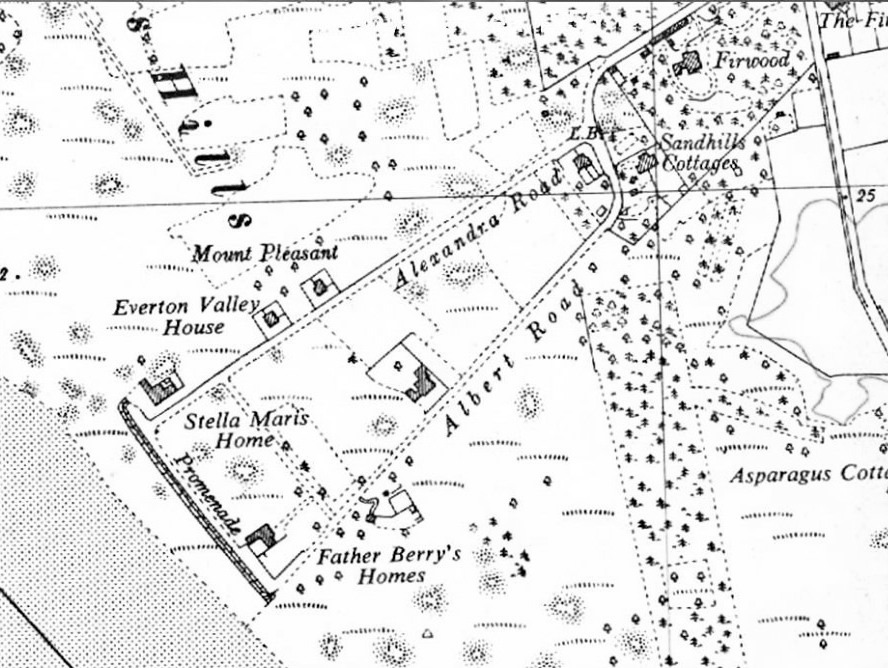
Sometimes things don’t work out as you expect but nevertheless fortuitously result in some unexpected and unplanned benefit. This is the story of a “magnificent failure‟ a plan that didn’t succeed in the financial way expected but nevertheless had much success in totally unexpected ways.
In 1875 a company was incorporated under the title of the Formby Land and Building Co. to purchase 105 acres of the coastal area of Raven Meols, for £12,100 – a roughly rectangular area south of Formby, west of the Liverpool – Southport Railway and as far as the shore, overlooking the mouth of the Mersey.
This Company‟s ambition was to create a new residential resort, which it was hoped would rival Southport. Practical work was to include:-
“The laying out, forming, and sewering of streets, roads, parks, gardens, squares, crescents, terraces, boulevards, Promenades and other open spaces; the making of piers, jetties, and landing places in, upon and connected with lands purchased; the laying of tramways, railways, and running carriages thereon, by steam or other motive power, for hire or profit; the forming of waterworks and reservoirs, for supplying water; the erection of gasworks, and the‟ manufacture of gas and the selling of the same; the erection of markets, docks, hotels, laundries, baths, water gardens, aquariums; the manufacture of bricks and tiles, and selling the same.”
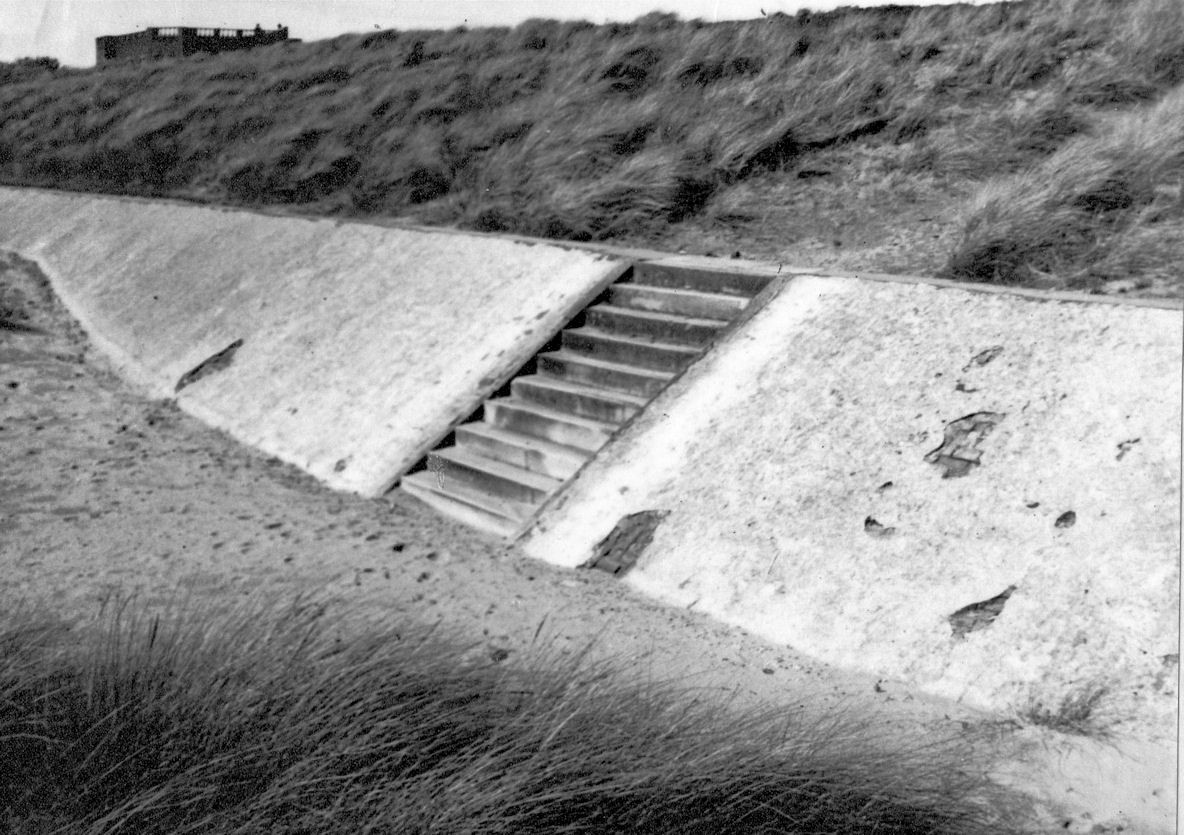
Their first step was to run a narrow-gauge track from the siding at Formby station for the conveyance of building materials, etc. to the coast, and here they constructed the first item on their programme, a double-tiered promenade of brick, joining up the westerly ends of two new roads. Albert Road and Alexandra Road. The “first sod” was cut in 1876. Behind the promenade, and parallel with it, two other roads were partly made; one was named Lord Street. The promenade, 1000ft long still exists but now entirely covered by the dunes. Hopes for this new residential resort were high and in 1878 Mr. Thomas Hawksley, an eminent engineer who was advising the company, thought that „Formby-by-the-Sea‟ would indeed become a potential rival to Southport!
For easier communication, in 1915 a proposed loop-line to connect with the Liverpool-Southport Line was surveyed and pegged out to leave the main line at Hightown and re-join it at Woodvale, closely following the coastline and with a station at Alexandra Rd. Application for the necessary authority was made in May 1915, but not until 1918 was this forthcoming when The Board of Trade authorised its development by the Lancs. and Yorks. Rly. Co. Possibly due to WW1, it never happened, but in the 1930‟s this route was again officially considered for the construction of a coastal road and shown in official planning maps of that period. Probably due to the Depression and then WW2 that did not happen either.
Now most of the properties actually constructed have disappeared and the 1000ft promenade has disappeared under the sand. The lack of commercial success however lead to a valuable and interesting use for many of the of the houses built. During the depression, several were seized on by a number of philanthropic organisations to provide rest and recuperation for children from poor backgrounds in central Liverpool, Manchester, and Bootle, one house also being used to provide refuge for Basque children during the Spanish Civil War.
The properties included:-
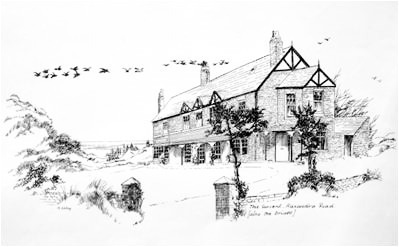
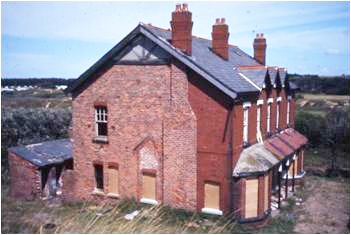
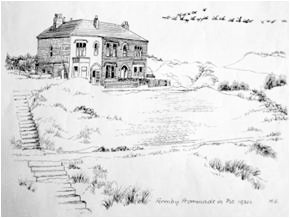
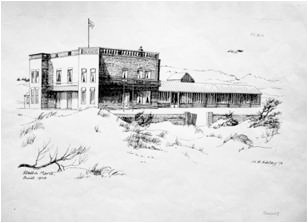
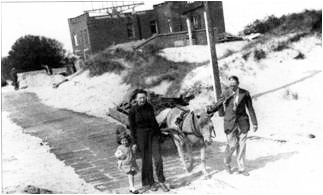
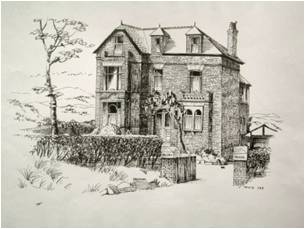
- Sandon: 1930, Bootle Corporation “Kiddies Kamp”, Hon. Sec. Capt. H. E. Wilson; 1933–37, Summer Camp for Bootle Children. Also used for Basque refugee children during Spanish Civil War.
- Mount Pleasant: 1927–39, Convent of Notre Dame, Mount Pleasant, Liverpool.
- The Briars: Chapel of our Lady of Peace, also used by Notre Dame Convent.
- Seabank House: 1933–39, Father Berry‟s Homes, Rev. Fr. Bennett, Manager.
- Stella Maris: 1927–1939, Stella Maris Association for Poor Children Holiday Home.
- Everton Valley House
The most interesting of these is Seabank house, as we here have a clear link with the well known mid-Victorian social reformer Father Nugent (who actually died in Formby) and his successor Father Berry. In addition to these Holiday Homes, there was during the summer months a great deal of camping in the area, some organised in camp-sites, but a great deal very informal.
This happy philanthropic use for Formby-by-the-Sea property ended suddenly at the beginning of WW2, when virtually all this property and land was requisitioned for military and defence reasons. Overlooking the mouth of the Mersey, Formby Point had great strategic importance, (even during the Napoleanic War there had been a naval signalling Station at Formby Point). There was an Observation Post on a prominent dune near the end of Albert Road possibly established (like Fort Crosby) even before WW1. During the Cold War a further Nuclear observation Post was also constructed and manned for a period before being transferred to RAF Woodvale. (Its remains exist to this day).
There was also a searchlight unit, a Radar Unit on the flat roof of Stella Maris and a military Rifle Range, used by troops training at Harington Barracks (where I learned to use a Lee Enfield 303 myself during my military training in 1947). Unlike for most of the properties, the high brick wall of this range still stands rather like a memorial to the “resort that never was‟. In summary, apart from a separate (still existing) area of housing close to Formby Station, only a scattering of houses of the sea-side boarding-house type were erected in Formby-by-the-Sea itself and today most of them have gone.
Visiting Ravenmeols today (via a very pot-holed, unsurfaced road originally named The Avenue, to this day lined by a rather magnificent double row of mature deciduous trees), you pass the remains of a onetime gentleman‟s residence (Firwood) set within the pioneer Sefton coastal plantation planted in the 18th Century by the then Lord of the Manor, Rev. Richard Formby. Albert Road and Alexandra Road are simply marked by some residual granite kerb-stones as far as the remaining frontal dunes. Most of the inner dune belt has been literally carted away (sand-winning) for building purposes, foundry mould-making and some for glass manufacture. Garston Bottle Works used a lot (it produced a pleasantly green glass); much went to Midlands for industrial purposes and much more for filling sand-bags for the defence of Liverpool during WW2.
You have to look closely to find the sites of the majority of the houses which once stood here. Apart from a rather special Grade 2 Listed house designed by McMurdo, the noted architect, slightly seaward of Firwood, only a few properties survive, Seabank House, overlooking the promenade and a new bungalow built on the site of a former wartime “shack‟ near the remains of the Rifle Range. Several others remain further inland.
The area is slowly “scrubbing over‟, but along the edges of the roads are some very picturesque, ancient Black Poplars; search of the area reveals many other younger Black Poplars. These have only recently positively identified genetically as the “real thing”. They were planted by the Land Company as amenity trees and have survived longer than most of the bricks and mortar development. The whole county of Cheshire is proud to possess about 350 Black Poplars; here in Formby and Freshfield we have about 650, mainly in the dunes. These probably will be the final legacy of Formby-by-the-Sea.
